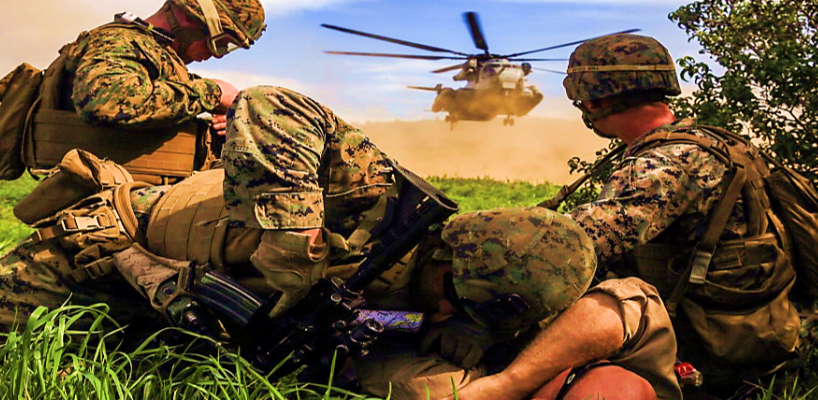While about 20 percent of the 1.64 service members deployed between October 2001 and October 2007 have suffered from post traumatic stress disorder (PTSD) or major depression, only half received minimally adequate treatment, according to a report by the Rand Corporation.
The reasons for the gap between the need and use of mental services was attributed to the system itself (high wait times, low availability of providers), and “institutional, personal, and cultural factors,” the report noted.
“Many service members expressed concern that using mental health services will negatively affect their military careers,” the report stated.
After the first two years of deployment, the costs related to PTSD and major depression could range from $4 to $6.2 billion, the authors wrote, attributing them to lost productivity. When it comes to TBI, about 70 to 80 percent of TBI-related costs are attributed to mortality and could cost between $591 million to $910 million.
Mental Health and Security Clearances
Over the years many critics have pushed back against the use of mental health treatment in security clearance determinations. In recent years, Question 21 has received several tweaks. In an earlier update it was clarified that veterans receiving counseling for PTSD did not have to list that. In 2013, the following two questions were proposed to fix the confusion around Question 21:
- In the last seven years, have you had a mental health condition that adversely affected your judgment, reliability, or trustworthiness?
- Did you receive counseling or treatment for that condition? Merely consulting a mental health professional will not disqualify you.
Weighing the Cost of Veteran Suicides
The adoption of evidence-based treatments could save up to $1.7 billion, or $1,063 per returning veteran, through increased productivity and reduced numbers of suicides, RAND noted.
Suicide has also been a concern for U.S. military personnel in the decade after 9/11, RAND reported. The average rate of suicide increased from 10 per 100,000 service members in 2001 to nearly 16 per 100,000 in 2008. The suicide rate for the U.S. population is about 10 per 100,000 each year.
The increase in suicides were primarily driven by a sharp increase in Army suicides. In 2008, the Army and Marine Corps had the highest suicide rates, at 18.5 and 19.5 per 100,000, respectively. The suicide rates in the Air Force and Navy were 12.1 and 11.6, respectively.
RAND conducted a separate study with concluding recommendations on how the DoD could improve its approach to preventing suicides. The recommendations included mandating training on evidence-based practices for behavioral health and suicide risk assessment for chaplains, health care providers, and mental health professionals. It also included developing strategies to restrict access to lethal means for people that appear to be at risk and providing formal guidance to commanders about how to respond to suicides and suicide attempts.




